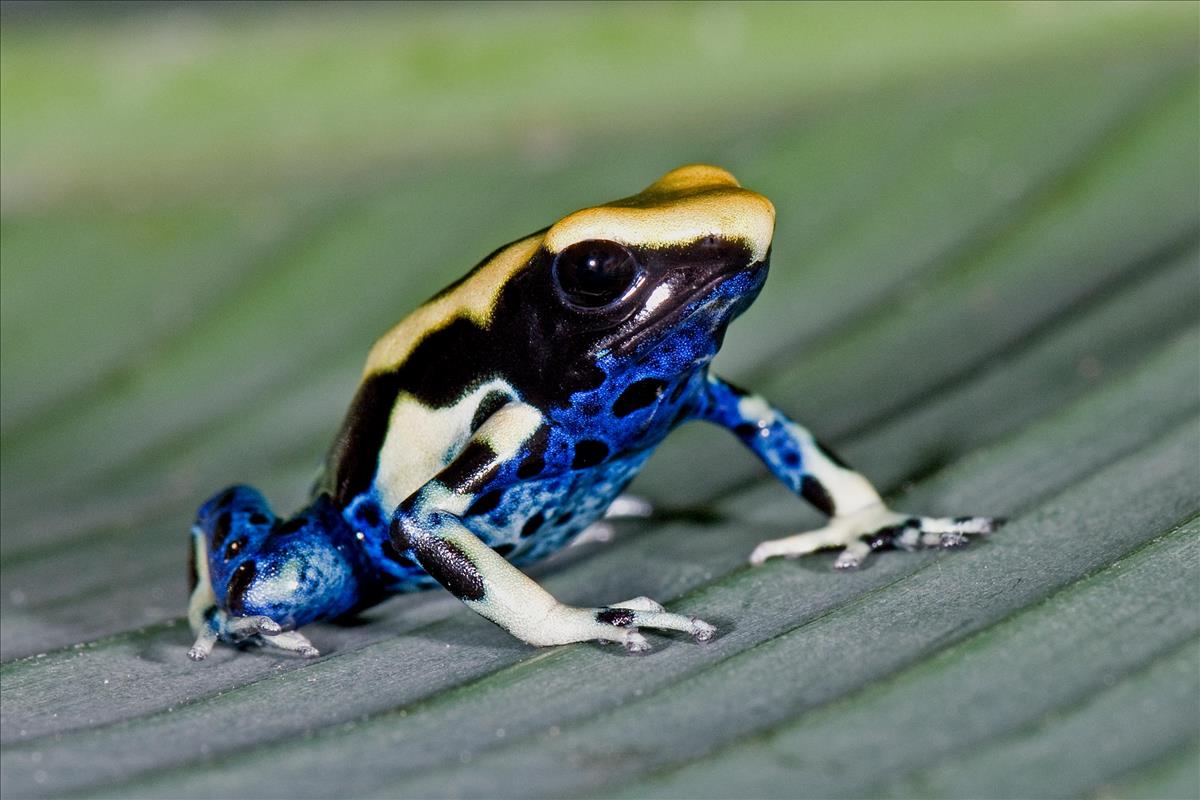Alerts
Please be advised that our bird aviaries are open!
Your Toronto Zoo is committed to the health and safety of the animals in our care. We take proactive steps to protect our birds from Avian Influenza which has been confirmed in a wild bird in southern Ontario, and some birds may still be off display.
Please note Splash Island is still closed and will not open until July due to unforeseen delays in construction. Please watch for updates on https://www.torontozoo.com/tz/splash or on our social media pages. Thank you!
Please note the following animals are currently not on display due to various reasons including Avian Bird Flu, and Covid-19 sensitivity:
- Flamingo, peacock, owl, bald eagle, and aviaries
- Some Kids Zoo Animals
- Cougar
- Moose
- Kangaroo walk through (kangaroos are still visible)
- Axolotl
We apologize for the inconvenience!


Amphibian
Location at the Zoo:
Americas
Region: Central and South America
Dyeing poison dart frog
This is a large poison dart frog, commonly 40 to 50 mm with some females reaching 60 mm. It is a bright blue with two broad yellow stripes on its back; these stripes are connected by cross bands to produce two to three oval blue islands down the middle of the back. The arms and legs are black or deep blue with many bright yellow or black spots. Sometimes the yellow is replaced with white or the two yellow stripes fuse across the back to produce a frog with a solid yellow back on a bright blue or black background. It has a typical erect posture and a distinct tympanum about half the diameter of the eye. In theory males can be distinguished from females by having larger finger discs that are cut straighter across the tips. Additionally, only males call.Conservation Status: IUCN
